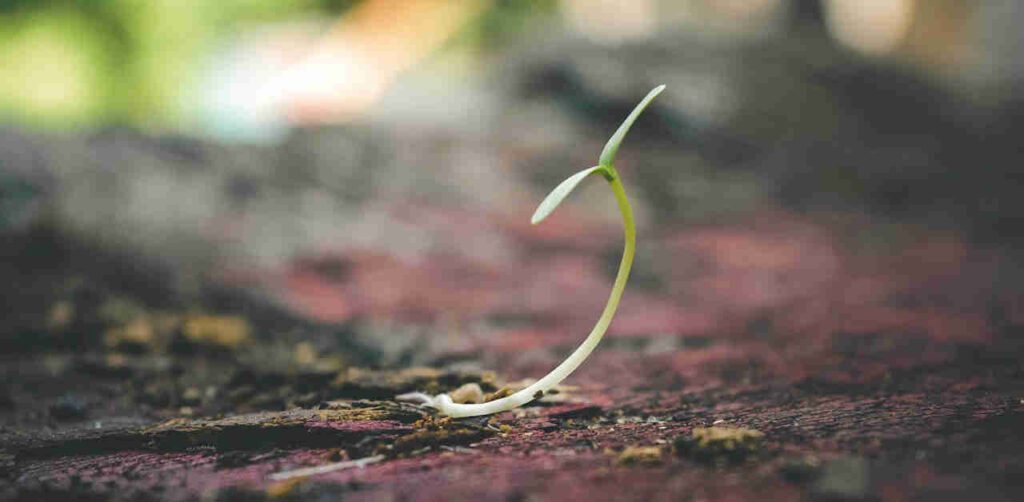As a general rule, seeds are started indoors about six weeks before your last frost date.
Published by: almanac.com
During a cold spring, it’s better to delay sowing a little to ensure the soil temperature is warm enough than to jump the gun and get disappointing results.
Which Seeds to Start Indoors?
Not ALL seeds should be started indoors. Most vegetables grow perfectly well when started outdoors and even prefer not to be transplanted. Ultimately, it’s important to consider how each type of vegetable grows in addition to where you’re growing it.
Remember that there isn’t a hard-and-fast rule about what you can start indoors and outdoors; it varies by your experience, personal preference, location, and the plant itself. In general, we find that:
- Crops that are best started indoors include broccoli, brussels sprouts, cabbage, and tomatoes.
- Those with slower root development, like cauliflower, celery, eggplant, and peppers, should also be started indoors.
- Tender vegetables like tomatoes, eggplants, and peppers are very susceptible to the cold temperatures of spring, so it’s best to start them indoors and keep them safe from unpredictable weather.
- Plants that do not transplant well and are, therefore, best started in the garden (or in outdoor containers) include cucumbers, melons, pumpkins, and squash. These are all tender, however, so refrain from sowing them outdoors while frost is still a threat.
- Some plants truly resist transplanting. Root vegetables, like carrots, turnips, and beets, don’t like having their roots disturbed, so it’s usually safer to just start their seeds outdoors in the ground rather than transplant them later on. Plants with long tap roots also dislike being transplanted; examples include dill and parsley.
- Finally, plants like radishes and peas are so fast-growing and cold-tolerant that putting them right in the ground makes sense!
